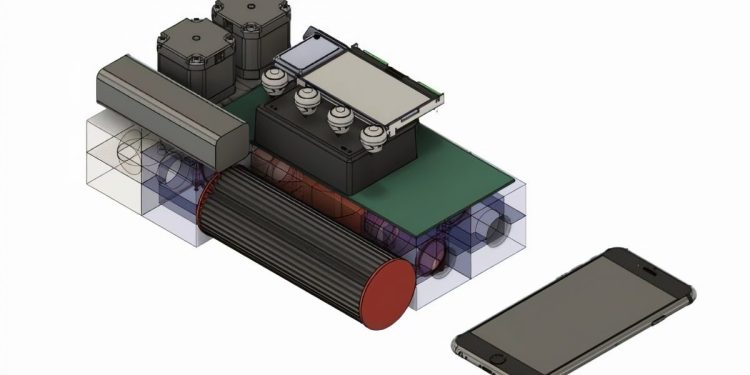Researchers at Carnegie Mellon University and the University of Pittsburgh School of Medicine are developing a “full adult,” ICU ventilator — dubbed RoboVentilator — that uses modular parts, robotics, and sensors assembled with a “high degree” of automation. While it isn’t as inexpensive as some of the ventilators recently approved by the U.S. Food and Drug Administration, like MIT’s portable E-VENT, the closed-loop system promises to enable greater customization via embedded actuators and controls.
The coronavirus pandemic continues to place a strain on the ventilator supply chain because patients severely affected by the virus often require mechanical assistance to breathe. New York alone called for 40,000 additional ventilators in mid-April, and the threat of shortages prompted a team at Mount Sinai to retrofit a ventilator meant for one to aid two patients.
The RoboVentilator — which was co-engineered by professors Keith Cook, Jason Rose, and Howie Choset, along with Biorobotics Lab project scientist Lu Li — can be assembled in about an hour at a cost of between $500 to $750 per unit. The team says it was designed with supply-chain limits in mind such that if a critical component becomes unavailable, alternatives can be easily obtained and retrofitted or fabricated.
“All of us are aware that ventilators are essential for treatment of the patients who are most seriously ill from COVID-19, and we know that this pandemic will be with us for a long time, with the potential for several waves of disease,” said Choset in a statement. “We’re convinced the need for low-cost, easily deployable, fully functional ventilators is not limited to just this moment or just this disease. This is a machine that could save lives from emerging pathogens we haven’t even encountered yet, or help provide a care option to patients in resource-stretched health systems around the world.”
June 5th: The AI Audit in NYC
Join us next week in NYC to engage with top executive leaders, delving into strategies for auditing AI models to ensure fairness, optimal performance, and ethical compliance across diverse organizations. Secure your attendance for this exclusive invite-only event.
A crowdfunding campaign for the RoboVentilator launched today. As of publication time, it has raised $1,235.
Carnegie Mellon and the University of Pittsburgh’s efforts follow on the heels of another ventilator project led by Nvidia chief scientist Bill Dally. Like the RoboVentilator, it’s low cost — $400, compared with upwards of $20,000 for a traditional ventilator — and can be built from off-the-shelf parts like proportional solenoid valves and microcontrollers.
Beyond Nvidia, countless other companies have pitched in to fill the need for ventilators in hospitals around the world. Intel recently announced that in the U.K., it’s working with Dyson and medical consultancy firm TTP to supply chipsets for CoVent, a new ventilator specifically designed in response to the U.K. government’s request for help. HP expects to soon deploy a 3D-printed field ventilator designed for short-term emergency ventilation. And automakers including Ford, GM, and Tesla are producing ventilators using repurposed car parts.

